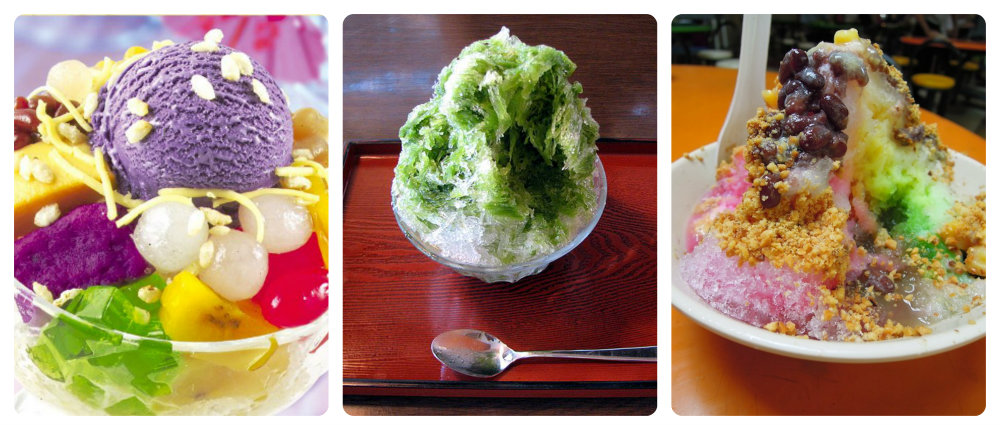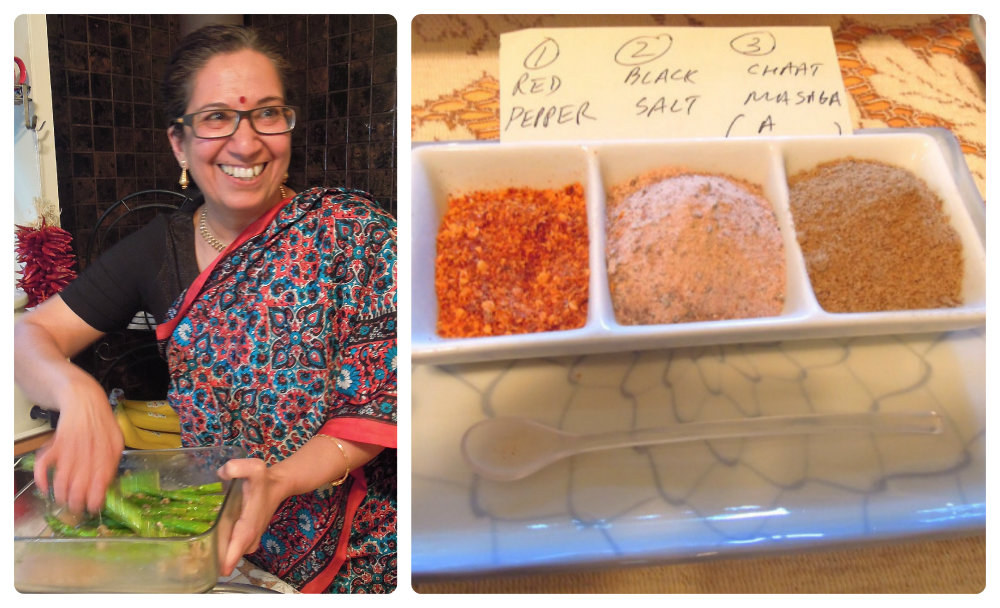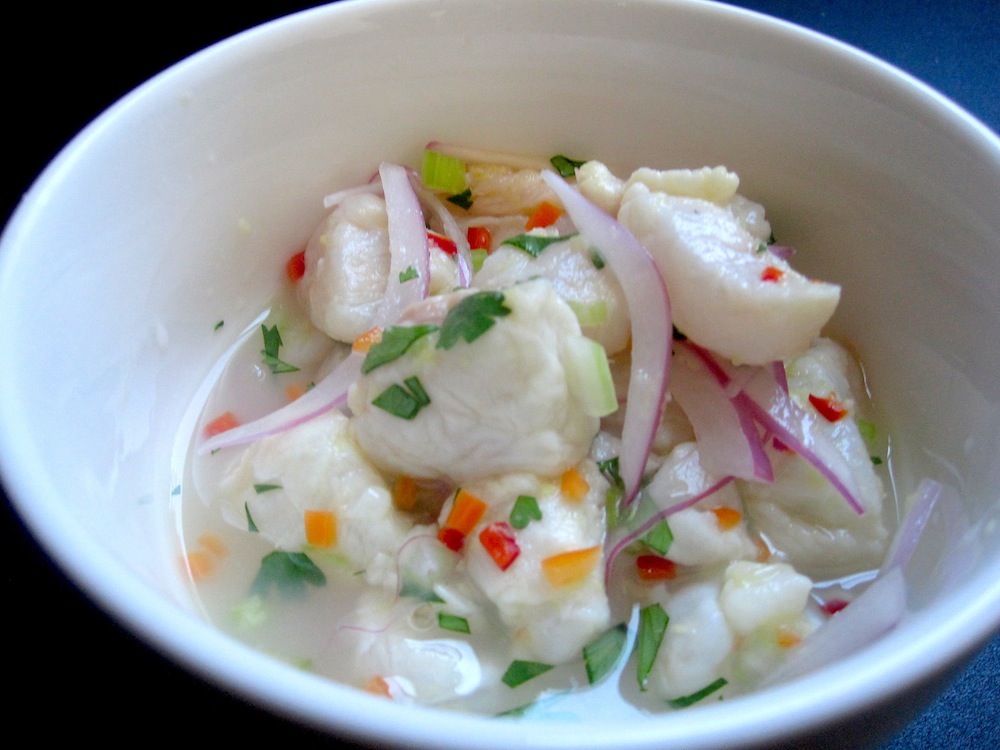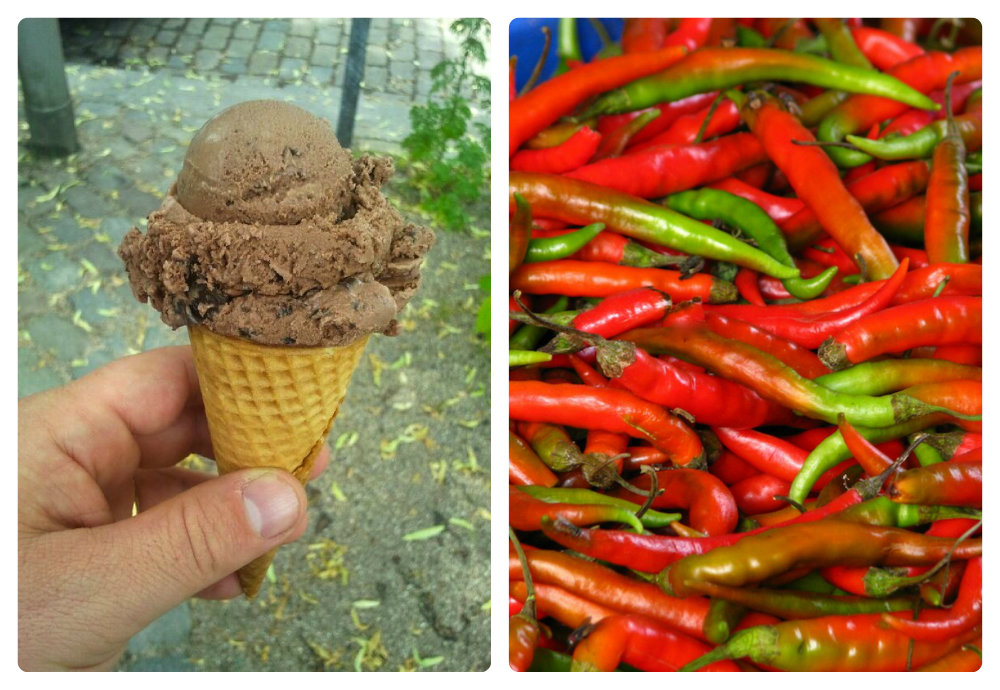
Like a dripping popsicle in an overheated toddler’s hand, I’m melting in Kyoto’s sultry, summer streets. Luckily, my friend Tomoko knows the perfect thing to revive me: a cooling lunch of icy noodles at a restaurant perched atop a cascading mountain stream. The only hitch -- and part of the fun -- is that we’ll have to catch our somen noodles (with chopsticks, of course) as they whiz down the cold water rushing through a bamboo tube. Nagashi Somen or “flowing noodles” is a traditional treat to cope with Japan’s sauna-like summers. Some families erect a backyard bamboo course to delight the kids -- as in this video.
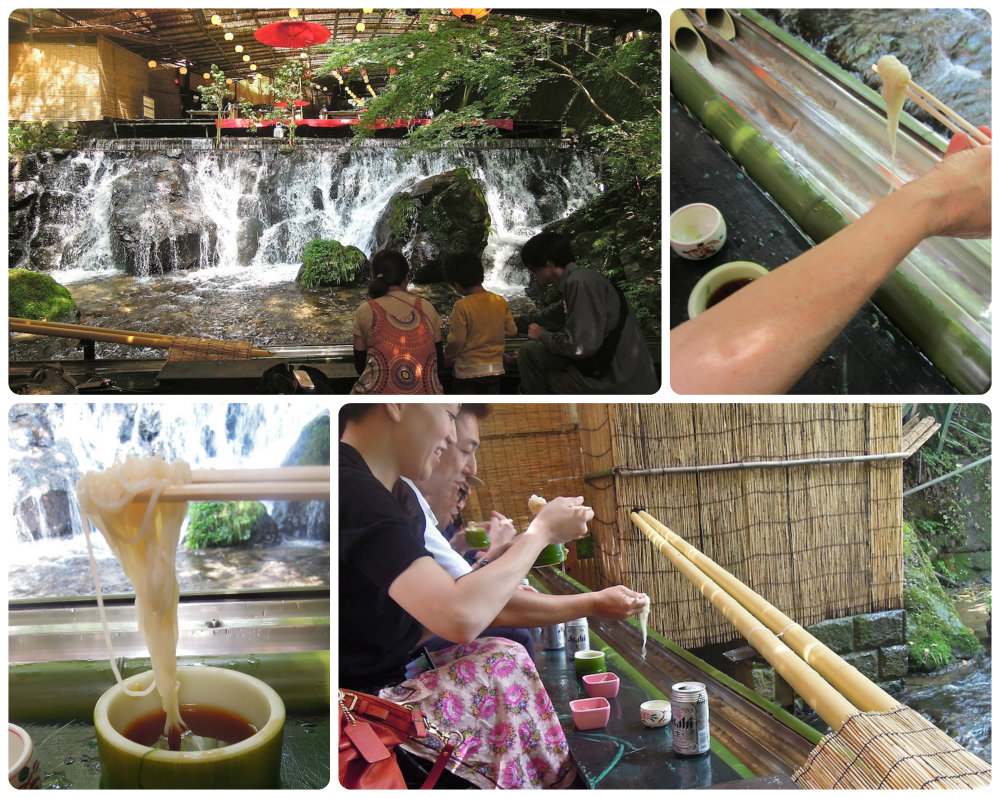
Near Kyoto, only one restaurant serves this summertime-only, snatch-your-noodle-experience. Tomoko and I take a 20-minute train ride and a 10-minute bus ride to the village of Kibune, nestled in a forested valley. Then we walk up a narrow mountain road, past picturesque inns and high-end kaiseki restaurants set on platforms over the gushing river. Even though it’s an uphill trek to the last eating spot at the top of the path, the forest's shaded greenery, undulating thrum of cicadas and refreshing river air feels revitalizing -- plus it’s twenty degrees cooler than in the city.
This popular restaurant adds a stainless steel gutter inside the traditional bamboo pipe -- perhaps for ease of cleanup or added speed? The crowd of diners are seated ten at a time at the noodle bar and treated to bracing breezes from nearby dramatic waterfalls. As the server brings us each a bowl of dipping sauce and pair of chopsticks to nab our noodles, she points out which of the several pipelines are assigned to which diners and the fun begins as slippery strands zoom by hungry patrons. Squeals of delight or frustration are heard all around, followed by murmurs of enjoyment.
Tomoko is seated "downstream" from me, so she can snag a clump of noodles if I miss it, which I do on the first round. Then she shares her strategy: stand the ends of the chopsticks in the water to act as a dainty dam. It works! My chilled nest of noodles, dipped in tangy sauce, tastes even better for having caught it. Once we all get the hang of it, the challenge is to grab your noodles, take a photo, dip and eat before the next bundle comes whizzing by. You can watch all the diners attempting this juggling act. After a dozen or so rounds, a last tangle of pink noodles silently slides by to announce the final serving.
On our journey back to the city, I ask Tomoko what other foods are eaten in Japan’s meltingly hot summers. Besides cold noodles (somen, reimen and soba), she tells me that unagi is supposed to supply strength to withstand the withering weather. Plus cooling sweets such as mizu-yokan (a jelly made with red adzuki beans) and shaved iced desserts like kakigori, flavored with green tea or other syrups.
